




The sky is overcast but the rain is holding off as we gather at the Kiixin Tour Office on the East Government Dock in Bamfield. There are 10 of my family members present, spanning three generations, all eager to follow a Traditional Knowledge Holder through lush rainforest to an ancient village site on the west coast of Vancouver Island. Stella Peters introduces herself as our guide for the morning, and it’s clear at once that we’re in good hands. There’s a final washroom run once we’ve signed our paperwork, and then we pile into our cars and following Stella’s truck a short distance back down the Bamfield Highway and onto a private gravel road.
With two giant carved figures to welcome us, the trailhead is impossible to miss. The figures are Nutchkoa and Hominiki, we later learn, the first ancestors of the Huu-ay-aht, one of the Nuu-chahnulth peoples. As impressive as they are, the two figures are significantly smaller than the original carvings first erected in the village of Kiixin over 160 years ago. Taken from Kiixin in 1911, the original figures now stand watch in the lobby of the Royal BC Museum. New, full-size figures were carved and installed at the entrance to the House of Huu-ay-aht at Pachena Bay in 2000.
As we join the other tour participants in the shelter at the trailhead, Stella shares this and more. “Journey with our

ancestors” is one of the taglines of the tour—and with Stella’s guidance that is exactly what we do. Her words and visual materials take us from the distant past to the present. We learn about the ancient site itself, a 19th century village and fortress that shows evidence of continuous occupation for at least 3,000 years—and as much as 5,000 years, according to oral tradition. We learn about the archeological surveys that Stella participated in— and her Nation’s decision not to proceed with a full-scale excavation. We learn about the traditional skills and practices that allowed the Huu-ay-aht to live in this area for millennia. Best of all, we receive this information from a Traditional Knowledge Holder rather than an “outside,” non-indigenous source.
As we move through time, Stella’s words inevitably lead to more painful territory—the decimation of the Huu-ayaht population as the result of European diseases, the loss of cultural treasures to 19th and 20th century collectors, and the tragic consequences of the residential school system. These are difficult but necessary subjects, and Stella discusses them in a manner that is both matterof-fact and sensitive to the presence of children on the tour.
With our guide’s introduction complete, we start down the rainforest trail towards the village site. The trail is not particularly long (at least not for our family of hikers), but we take our time, moving carefully down flights of stairs and over long sections of boardwalk. There are frequent stops as well, as Stella points out things of interest. I’m fascinated by the culturally modified trees—ancient cedars with strips of bark removed for clothing and basket-making, and other trees with entire planks missing for cradles, boxes and houses.
Finally, we reach our destination. I’ve had the privilege of visiting many west coast beaches and coves, but this one is particularly breathtaking. It’s a strategic
location as well as a picturesque one, set for defensive reasons “between the rugged outer coast and the protected inner waters of Barkley Sound.” Today there’s a bear waiting to greet us as we reach the sand. We keep a respectful distance, and the bear eventually wanders off—into the very section of the forest where Stella was planning to lead us. While we wait for the bear to wander a little further, we take out our packed lunches and have a quick picnic.
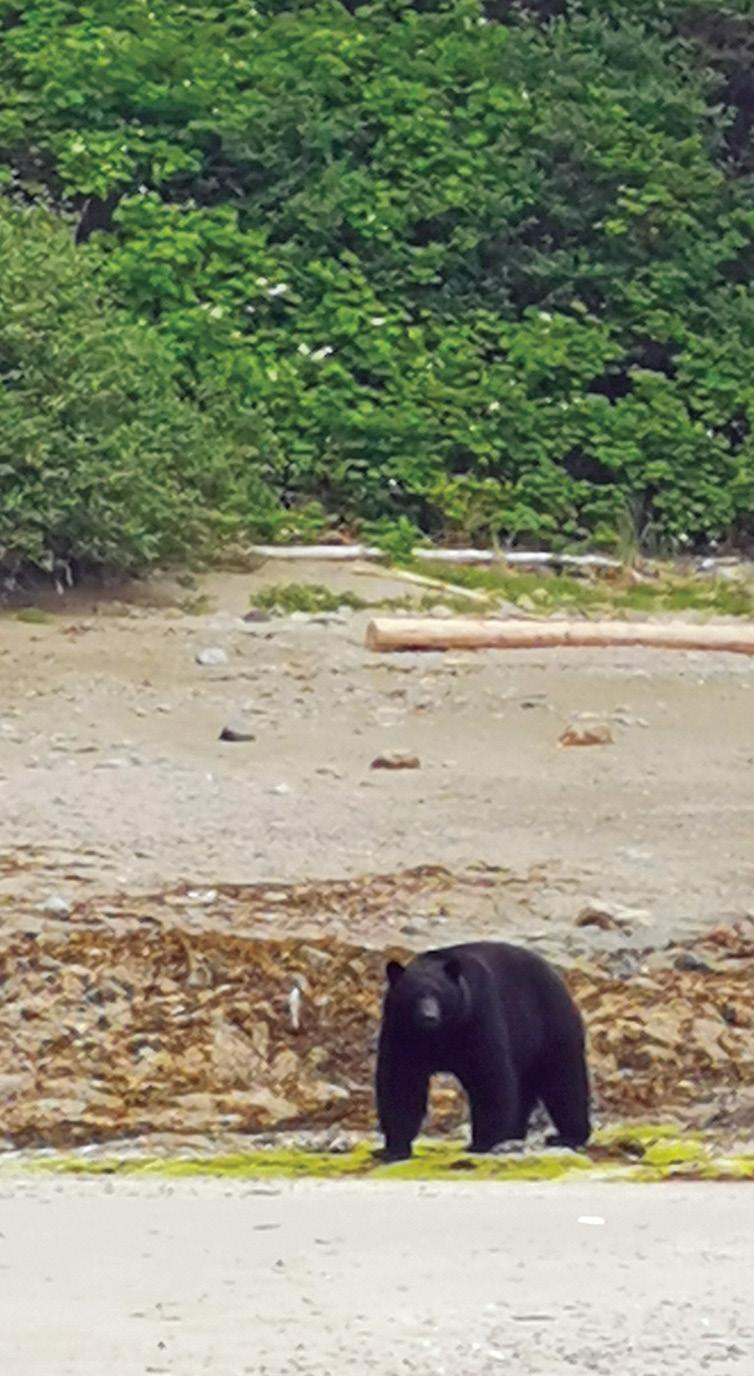
Kiixin was the traditional capital village of the Huu-ay-aht, and it remains a sacred site. According to Parks Canada, “it is the only known First Nations village of more than 100 villages on the southern B.C. coast that still features significant, standing traditional architecture.” To see the remains of these structures in person, and to hear dramatic stories from a descendant of the resourceful and courageous people who lived on the site for millennia, is an unforgettable experience.
As a child growing up in Nanaimo, I had very little knowledge of the complex indigenous cultures that existed on Vancouver Island before the first newcomers
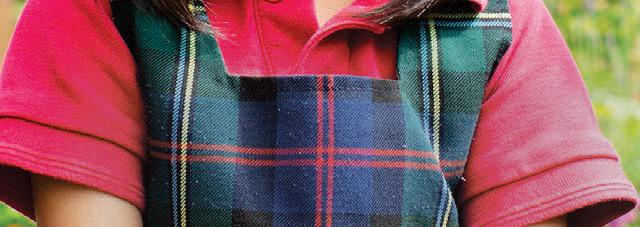
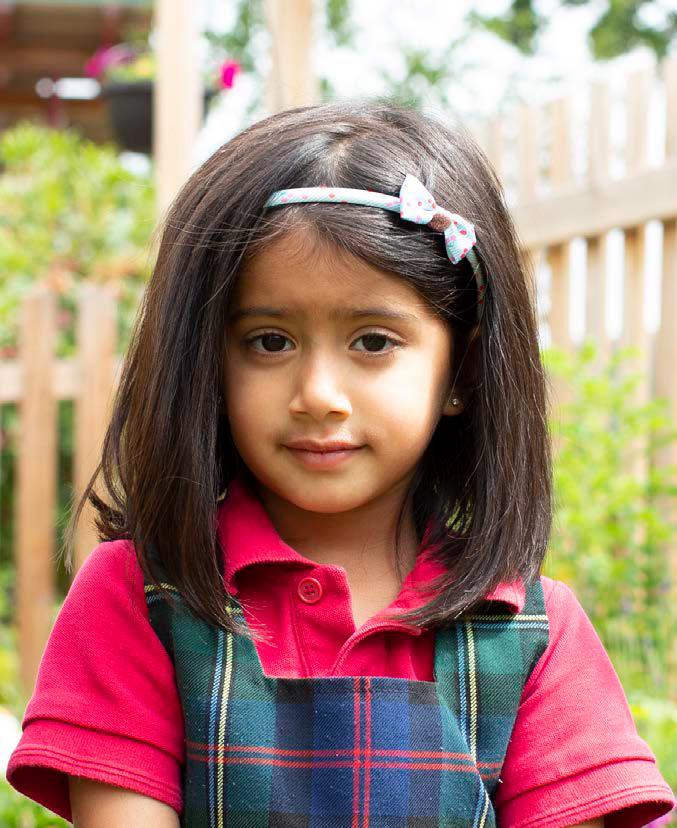
disembarked from their ships. The curriculum didn’t cover much local history back then, and what I did learn mostly began with the arrival of European explorers in the 1700’s.
Things are different for my grandchildren—and for that I am profoundly grateful. I am especially grateful to Stella Peters and other Traditional Knowledge Holders across the Island who are sharing their stories and cultural teachings so generously. We can’t change the past, but we can certainly be intentional about how we go forward—and learning what we didn’t know before is an essential part of that process.
Kiixin Tours are offered from the May long weekend to Labour Day. While the 4-hour morning tour worked best for our extended family, there is also an evening tour, which includes songs and drumming on the beach. Headlamps or flashlights and a towel or blanket to sit on are required on the evening tour. The hike into Kiixin is rated “moderate plus,” thanks to uneven terrain, potentially slippery boardwalks and a steep flight of stairs down to the beach. According to the tour website, people with injuries, mobility challenges or hiking-restricted medical conditions cannot be accommodated.
Children aged seven and older are welcome on the tour, as long as they are accompanied by a parent or guardian aged 19 years or older. For more information, visit kiixin.ca/tour.

Lunches provided September - June

Rachel Dunstan Muller is a children’s author, storyteller, podcaster and grandmother. You can find her podcasts Hintertales: Stories from the Margins of History and Sticks and Stones and Stories through her website at racheldunstanmuller.com

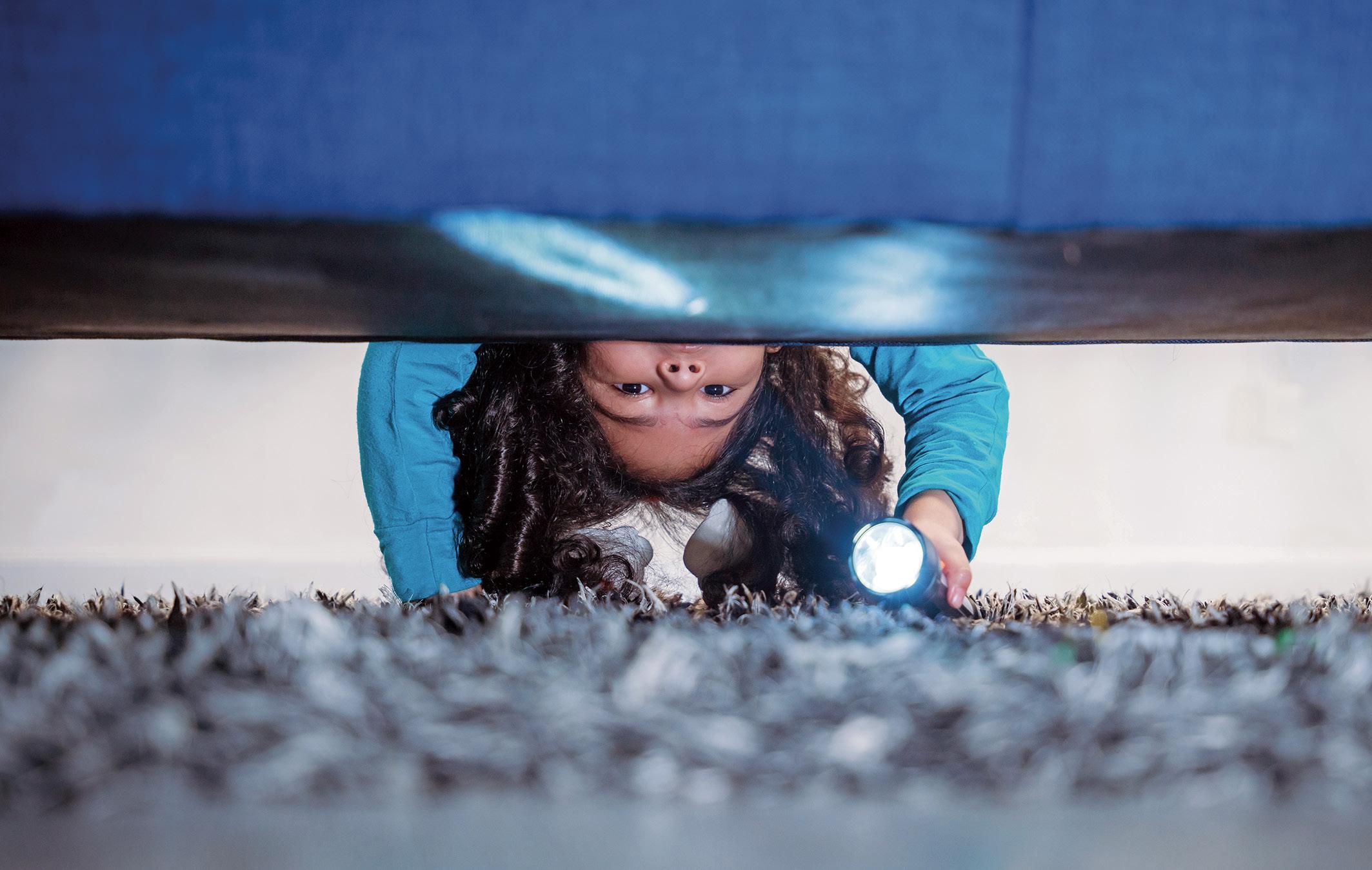
Every child passes through that stage of being afraid of monsters—under the bed, in dark corners, down in the basement—it seems to be a universal childhood fear. This fear can take root before a child is at an age when a parent can even reason with them and provide logical explanations, and even then, that assurance rarely seems to allay such deep-seated phobias. And some children’s fairy tales only serve to fan the fire—the witch in Hansel and Gretel who cooks children, the giant in Jack and Beanstalk who will “grind Jack’s bones to make his bread” or the big, bad wolf in The Three Little Pigs who is out to devour some piggies.
I’ve had these experiences with my own sons, and now predictably, my young grandson seems to be going through the same phase. This was made clear to me on a recent trip to the public library. Whenever we visit the library, I turn my grandson lose in the children’s section where he will often tuck himself away with a book
that catches his interest. On this particular visit, I didn’t notice he had his nose in a book about monsters until he asked me to put it back because it was scaring him. As we walked home afterwards, I noticed he wouldn’t hold my hand. Any time I extended my hand to him, he shied away from me to the other side of the sidewalk. When I asked him what was wrong, he said he didn’t want to hold my hand because he was afraid I was going to turn into a monster. So I asked him: “You’ve known me seven years now, have I ever turned into a monster?” His answer? “I don’t think so, but sometimes you look pretty scary.”
Well…I asked.
How best to handle this touchy subject of childhood fears and phobias?
In my own childhood, the prevailing approach by many parents at that time was a no-nonsense one—there are no such thing as monsters. Period. Simple as that. It was as if a child’s fears were not be “indulged.” I was raised with this approach and can attest that it did
nothing other than cause me to feel ashamed and somehow inadequate. Although on one level, I trusted the word of my parents (that they wouldn’t lie to me), but their logic simply could not quell my fears. I still took the basement steps two at a time and insisted on my bedroom door being left open with the hall light on. My fear of the dark was so innate and so irrational that it overruled all common sense until I was well into my teens.
As a result, my approach with my own children was very different. Having been a victim of my own fears, I didn’t want to make my children feel bad about experiencing their own. So I listened, hugged and validated their concerns. I actually found it helpful to confess my own childhood fears to them as a way of illustrating that at some point, these anxieties which seem so overwhelming when we’re young, gradually lessen or fall away as we grow into adulthood. And yet, I also readily admitted to them that even in adulthood, I still have some fears I continue to grapple with.
I am pleased to see books in the public library that address the topic of childhood fears. I’ve read several stories with my young grandson that illustrate the mastering of a particular phobia. While reading these stories, I am quick to point out the accompanying feeling of accomplishment and pride the child experiences by the end of the book. Many of these books employ a well-trusted behavioural therapy technique in which children are gradually exposed to their fears in a safe, secure environment. Take the fear of spiders, for instance, yet another phobia of mine! Reading books together about spiders and their importance in our ecosystem might be a way to start addressing this fear. Having a child look at illustrations and photos, even gently encouraging them to touch those photos, can help to desensitize their fear.

Pointing out spiders in one’s outdoor environment and watching them build a web or collecting a spider in a bug box are some further ideas to help with desensitising. I am a firm believer that steps like this help make fears more manageable. Those fears may never be calmed, but at least we can develop coping skills that can serve us well later on in life.
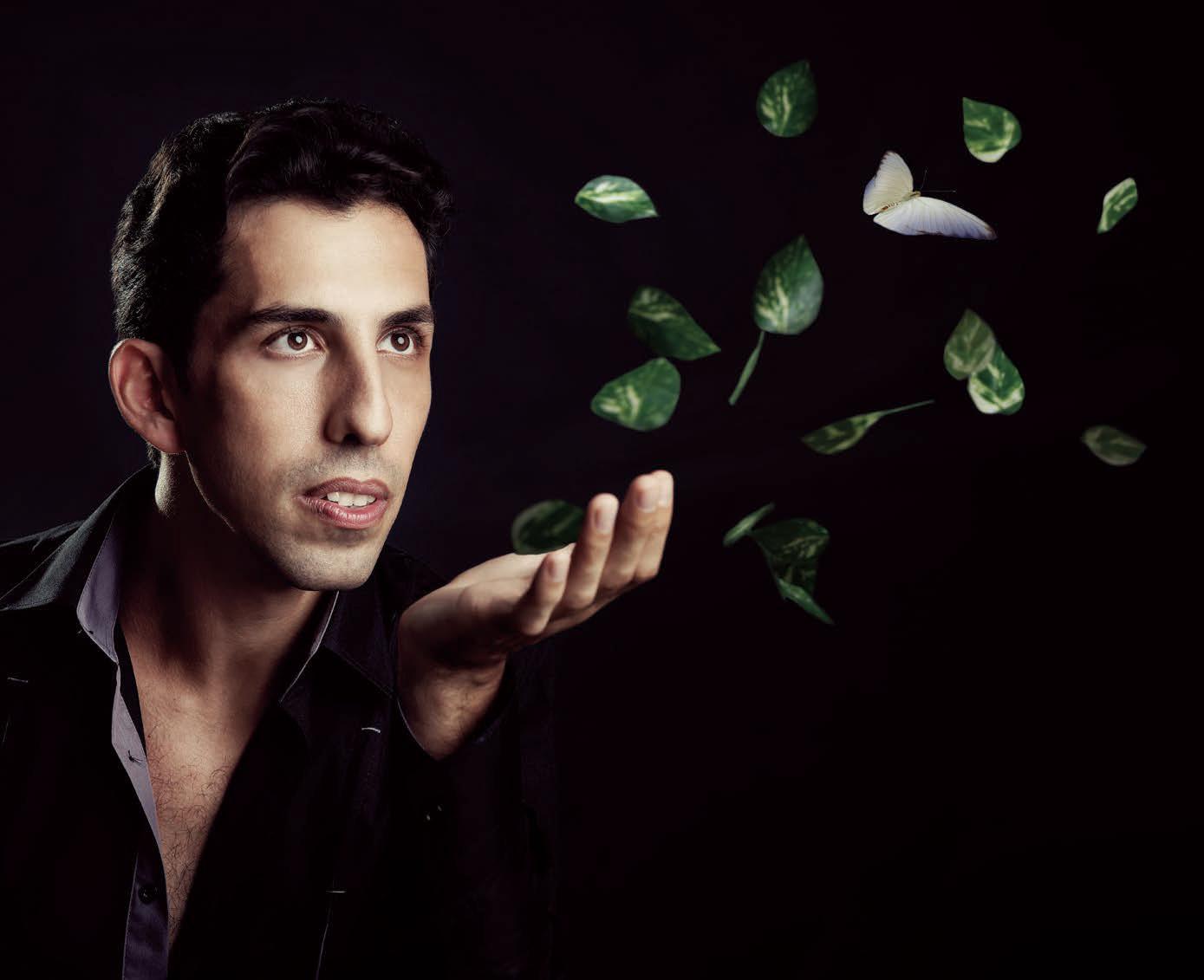
Susan Gnucci is a local author and a proud “nonna” to two young grandsons. She enjoys sharing her experiences as a grandparent.

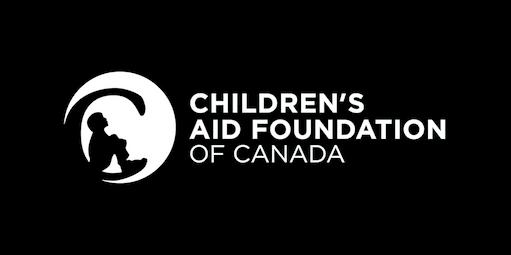
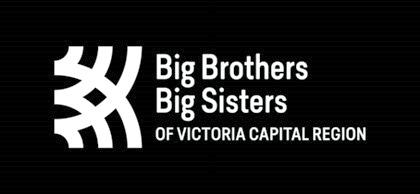
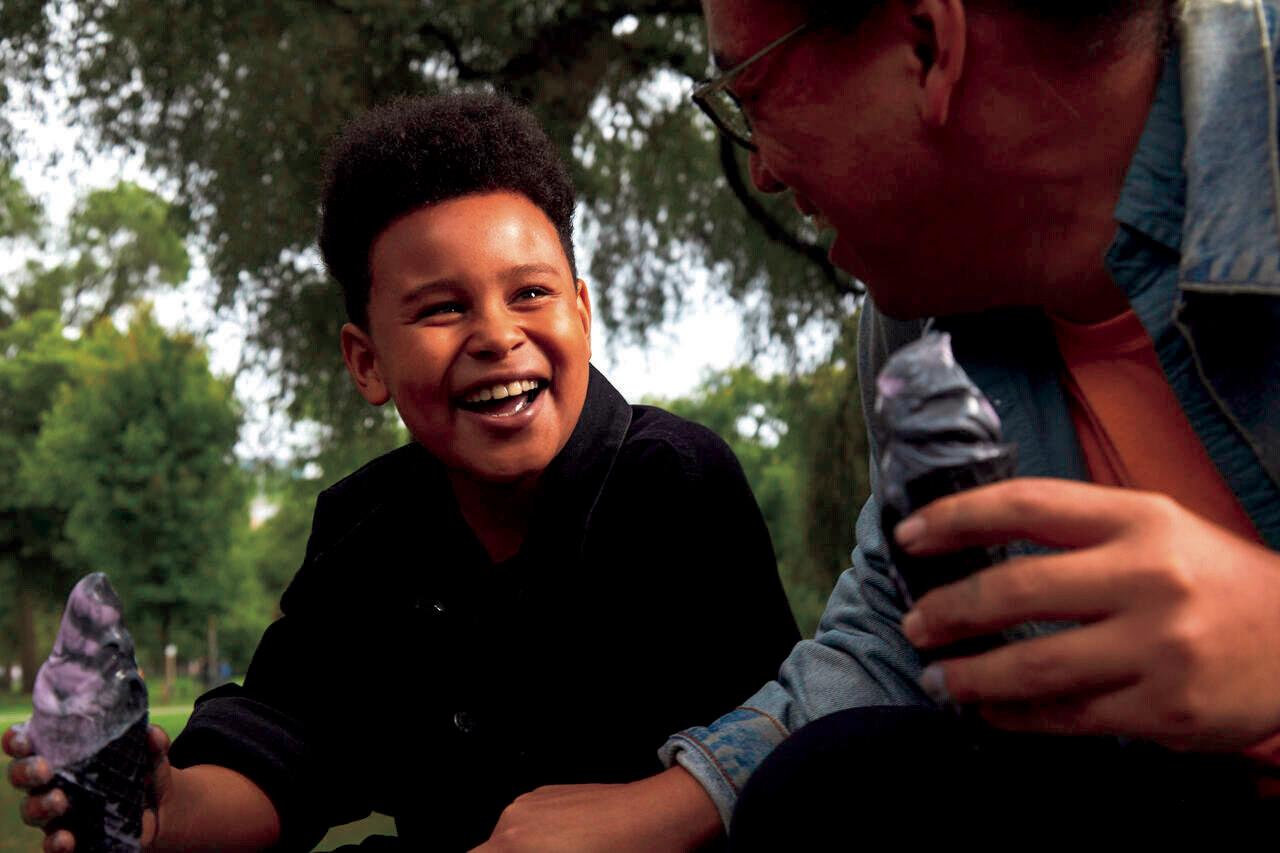

Summertime often means more time for grandparents to spend with grandchildren. Sometimes that’s a vacation or cottage getaway. Sometimes it’s a childcare-in-the-city situation. Either way, it may be a time where grandparents get more day-to-day interaction with their grandkids who are not in school. With lots of activities and destinations to choose from, how does a grandparent decide what to do?
Baking is also an opportunity for practicing fine motor skills, pouring, cutting (butter, with a table knife, for example— nothing sharp!), blending butter into flour. It gives kids a chance to experience and talk about textures (powdery flour, greasy butter) which they don’t feel every day, as well as smells: cinnamon, lemon peel, cloves. Not to mention the way soft dough become crisp cookie—it’s not magic, it’s chemistry!
don’t require small kiddy-hands to hold fanned-out cards (that’s a difficult fine motor skill!). By the time kids are 6 or 7, they can learn Crazy Eights or Gin Rummy. And I know eight-year-olds who play Bridge!
Outdoor play is a great time to develop gross motor skills, like running, kicking and throwing.
These skills take a long time to develop and kids need a lot of practice! Take the opportunity to discuss things we CAN kick and throw (balls in the field, stones into the water) and those we must not. There are lots of games you can create around throwing stones into the ocean or a lake: who can throw it farther (of course), who can hit that log, who can do the silliest throw, who can throw over their shoulder. But just meditatively tossing stones in the water can make space for conversation and connection.
Time outdoors also promotes healthy eye development. Studies have shown that spending a couple of hours a day outdoors reduces the incidence of myopia (short-sightedness). It seems that the bright light of the outdoors, and the opportunity to focus on the far-away things give the eyes the stimulation they need.
You may want to think about activities, which, while being fun and novel, will also support academic learning. Some of these will be obvious, but some might have benefits you have not thought of.
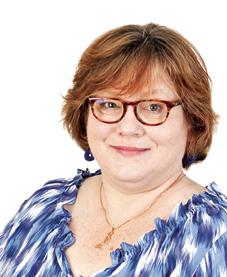
Take the dolls tea party, for example. Set the table for tea time with the dolls, stuffed animals and action figures—don’t forget about the beloved cars and trucks. Discuss patterns, distributing one napkin to each creature, anticipating the needs of others. Pouring out the “tea” and passing the cookies provides practice in turntaking and polite pleases and thank yous.
If you want to go all out, how about baking the cookies? Choose a really simple recipe with few ingredients. But even a three-year-old can help to measure and pour and stir. Cooking is a great way to reinforce math concepts (measurements of volume and weights, setting timers, talking about temperatures).

Building with blocks provides lots of opportunities to practice fine motor coordination and engineering skills. Of course it all starts with you building a tower and your grandchild knocking it down. A great exercise in turn taking! A little later, set up a small construction and challenge your grandchild to copy it. Then ask them to set you a challenge. Create enclosures for toys animals and dinosaurs. Make a house for the dolls. Lots of opportunities for telling stories. With older kids (4 and up) grandparents can teach them card games. Start with sorting the cards into red and black, or suits, or numbers versus face cards. Progress to Memory where all the cards are laid out face down and each player turns over two at a time. The goal is to remember where the cards are and find matching pairs. Games like War and PishePasha great starting games that
On Vancouver Island we are so lucky to have relatively easy access to the shore and the ocean.
There are so many opportunities there for wildlife observation, exploring tide pools, building sand castles, collecting pebbles or driftwood. But remember that just being outdoors, with unstructured time is hugely beneficial for children— and everyone else. The fresh air, the sunshine (remember sunscreen, hats, and the hydrantion), and the freedom is what summer is all about!


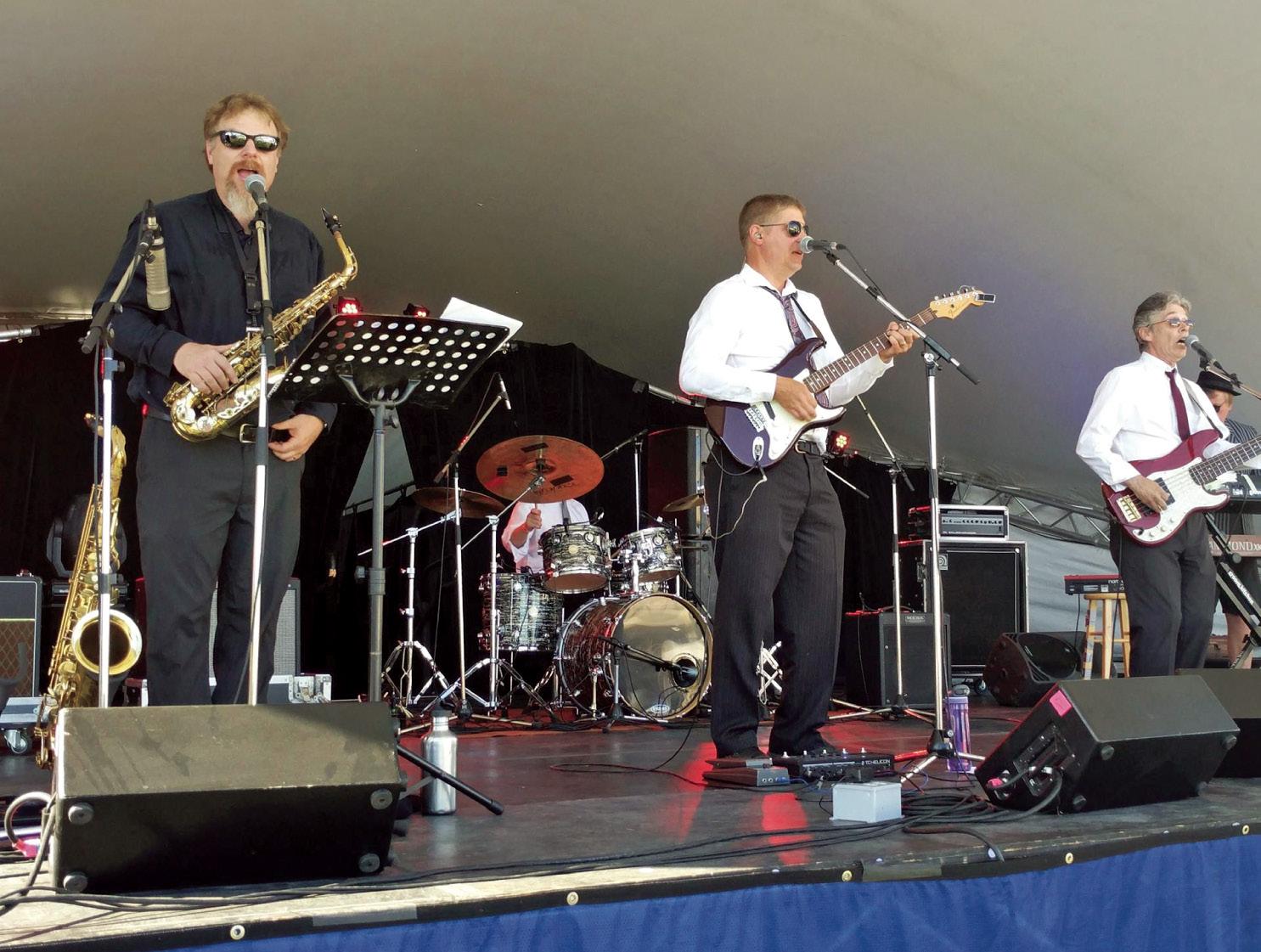
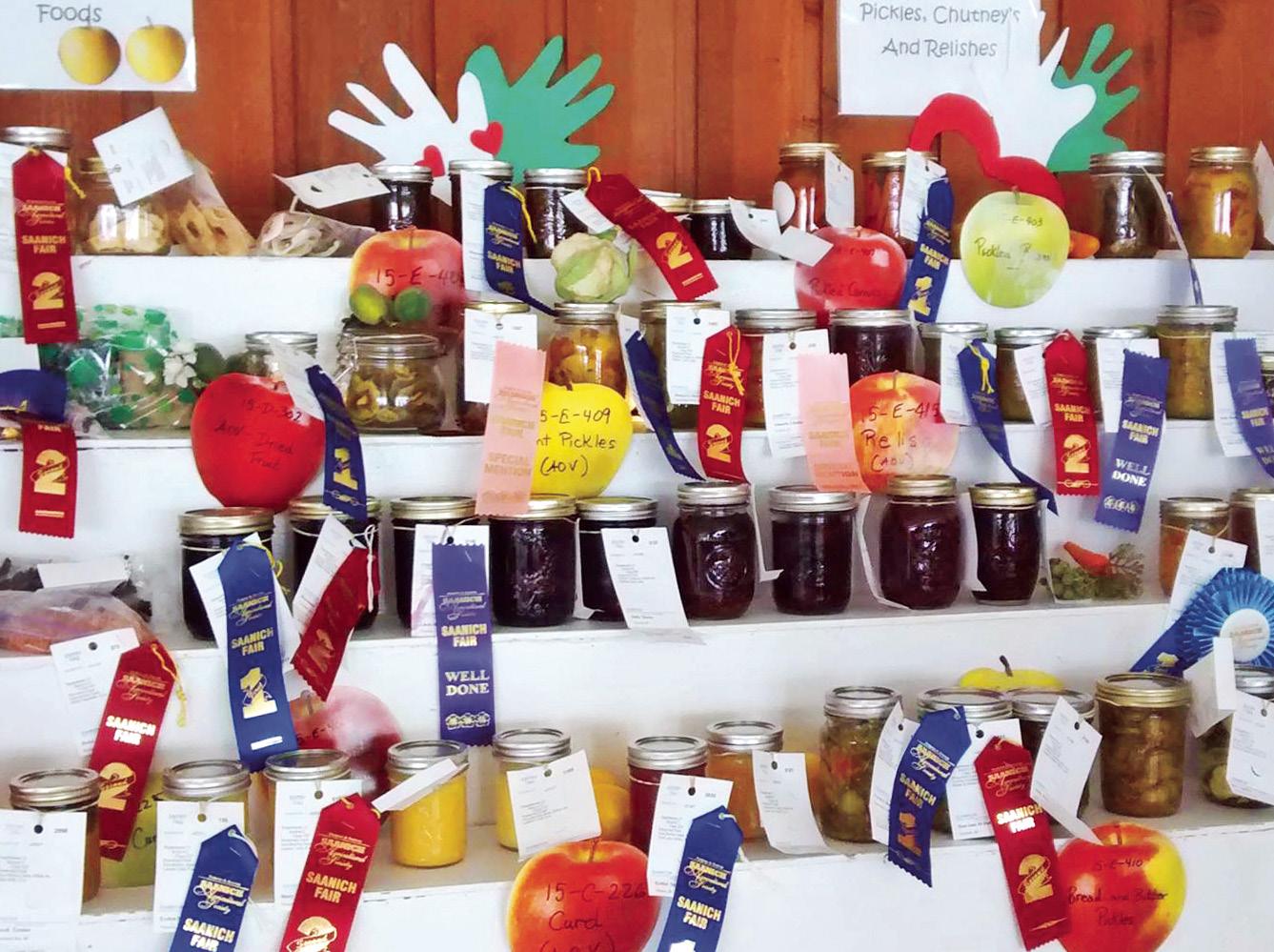
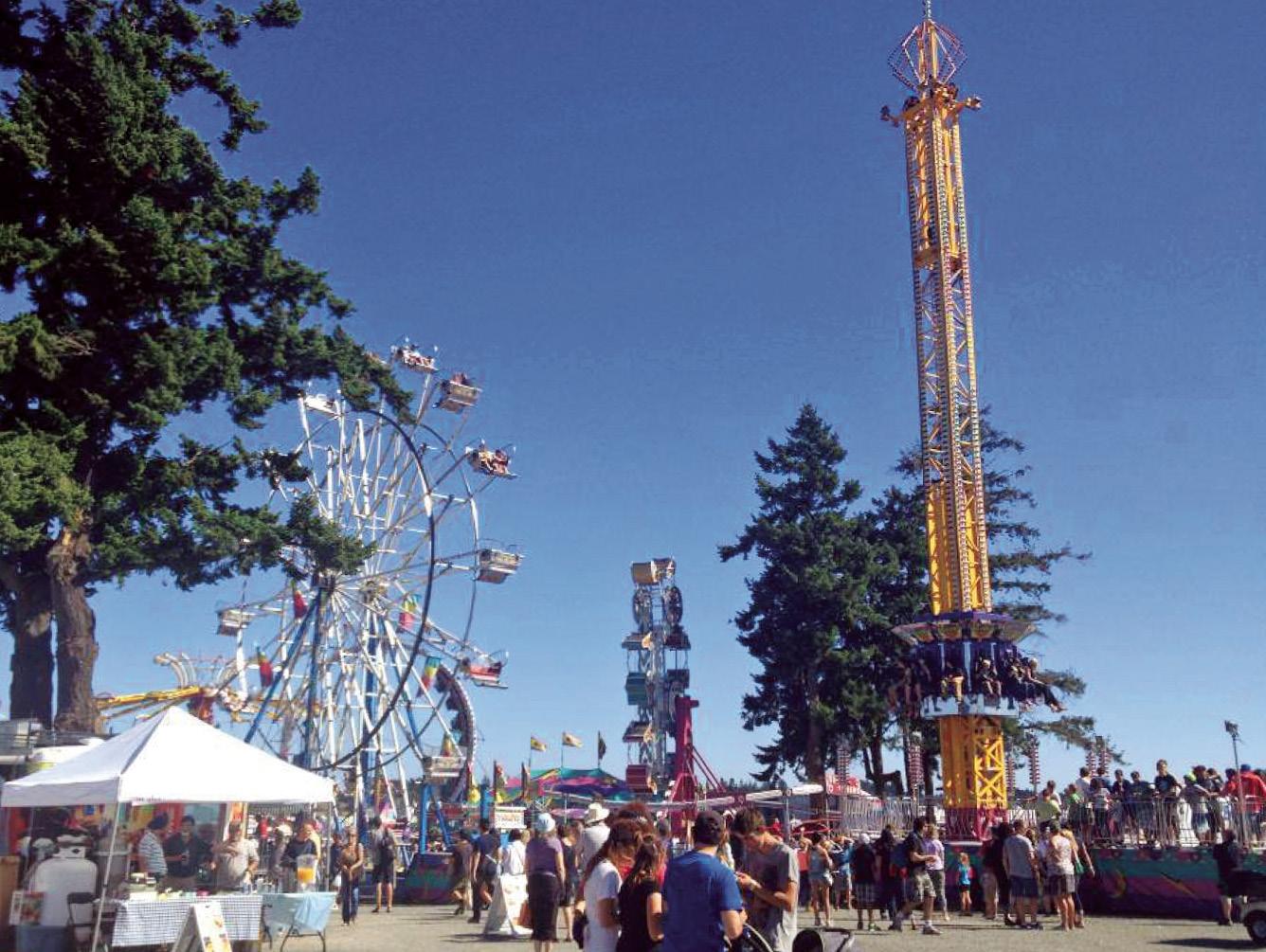
250-388-6905 grandmag.ca
Gone are the days of rocking chairs and recliners. Today’s grandparents are more likely to be rock climbing or going for a run than they are to be rocking or reclining.
We’re an active and diverse group—an engaged, evolving and powerful force. We’re mentors, nurturers, keepers of secrets. We’re caregivers, child care providers, dessert-before-dinner defenders. We’re historians, spiritual guides and the holders of family stories.
GRAND celebrates who you are as a grandparent and who you are as an individual. You love spending time with your grandchildren and you’re happy in your other roles: at work, in the community and on your own. GRAND acknowledges that you are not “one or the other”—an “either/or” version of yourself—you are many different things to many different people. And to yourself.
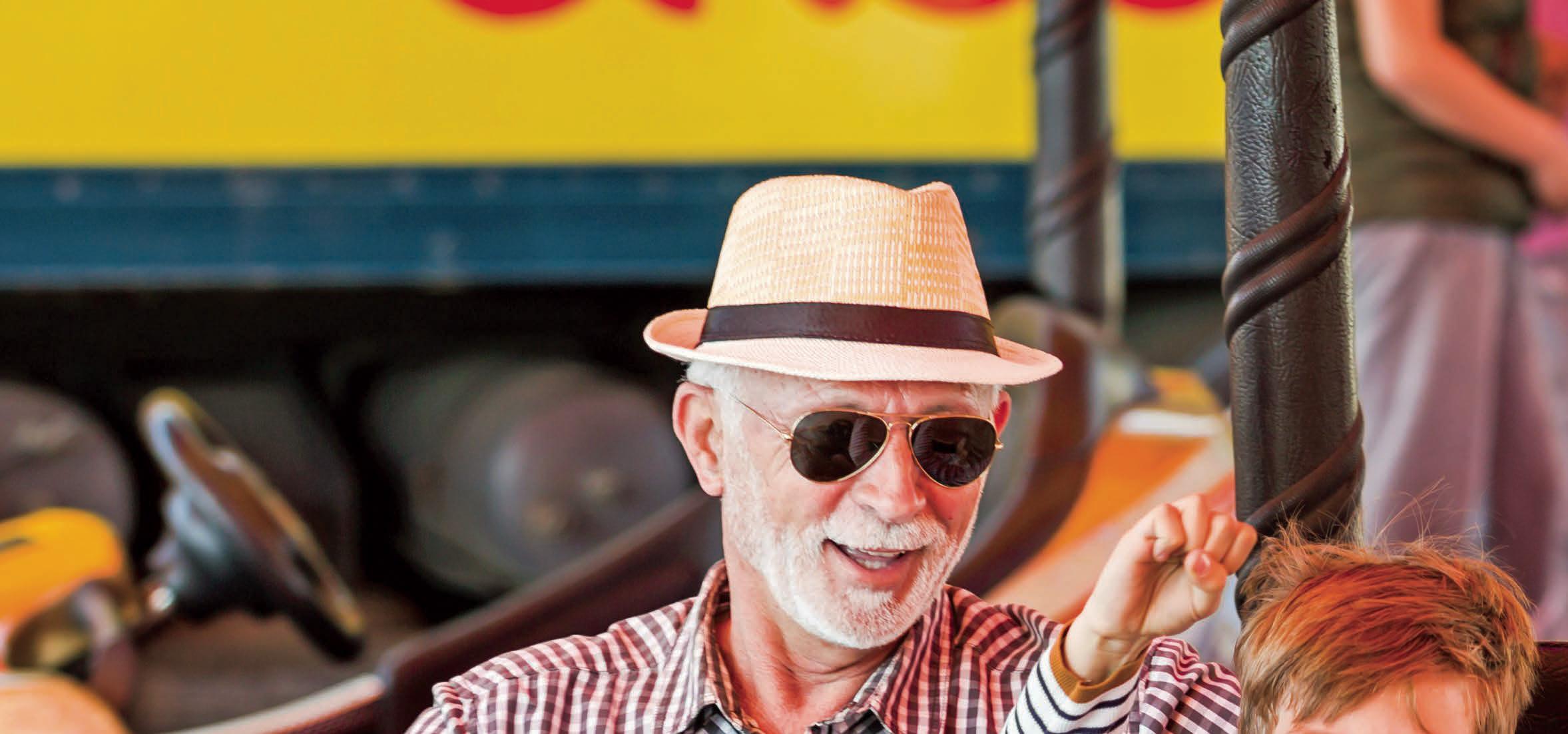

With an Island perspective that speaks to an international readership, GRAND is the source for on-the-go grandparents of up-to-the-minute and thought-provoking information and ideas—on everything from having fun, staying fit and things to do to travel, leisure, health and technology. Think of GRAND as a trusted friend who happily shares those “senior moments” (in the best sense of the words!) and keeps you informed and connected to the issues and ideas that really matter. After reading an issue of GRAND, you should feel inspired, up-to-date and informed.
We’re here for you: from helping you figure out where you fit in to tackling your most perplexing questions, sharing your greatest discoveries and celebrating your deepest joys.
GRAND features articles on topics ranging from the importance of storytelling, cooking with your grandkids and community superheroes, to photographing your grandkids, gift-giving and grandparenting from afar. There are ideas and inspiration to help keep you in-the-know and connected, there’s a guide to investing in your grandchildren’s future and there’s tech support that will help you face your fears and embrace the cloud.
GRAND is as diverse and engaged as you are. Together, we’re a powerful and positive force—in our grandchildren’s lives and in our communities.
Did you know
8 out of 10 struggling readers have an eye tracking problem?
in Victoria and Nanaimo
If your child’s eyes cannot track properly, they will not be able to see the words the same way you do. When the eyes aren’t perfectly aligned, each eye may end up jumping to a di erent letter, further confusing your young reader.

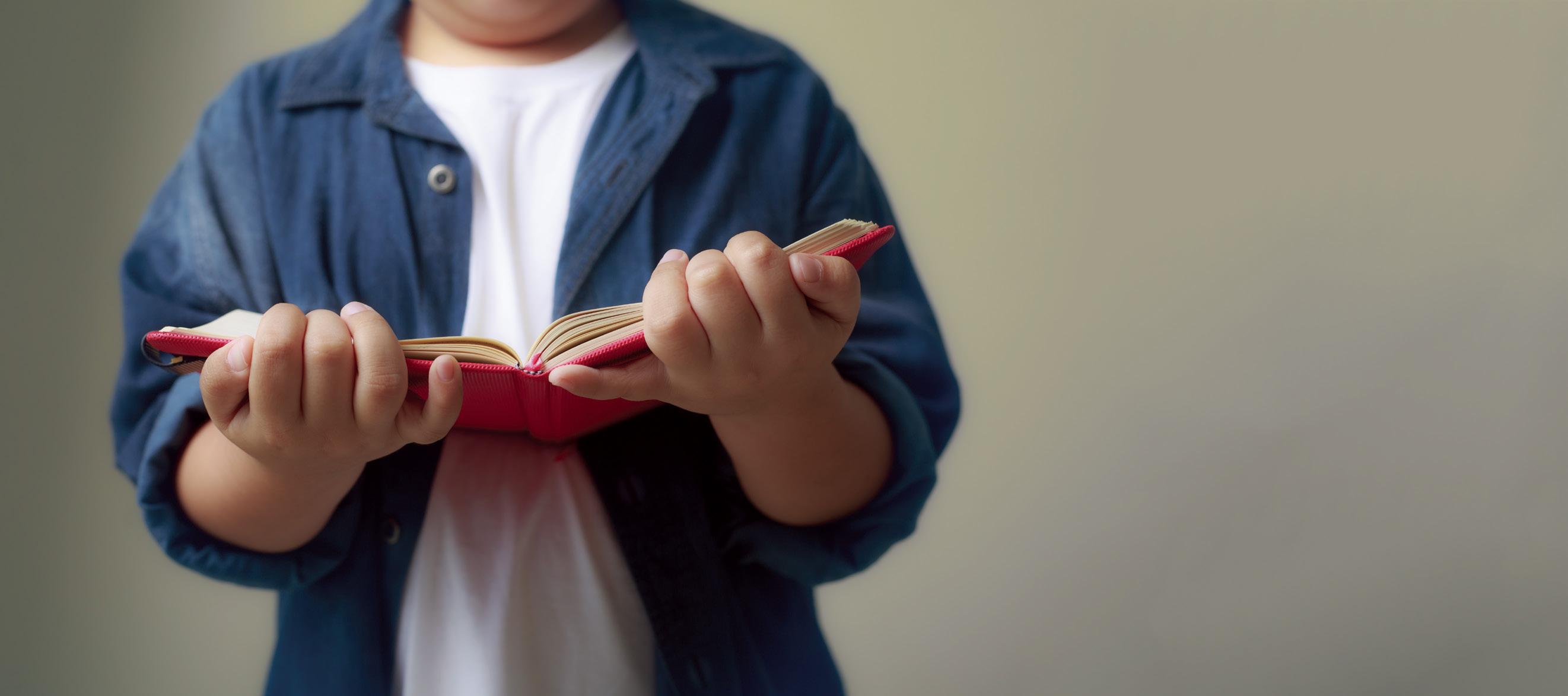
This can lead to symptoms like:

• Skipping lines and losing their place
• Not recognizing a word they just learned
• Guessing at words
• Poor uency
• Missing small words
Dr. McCrodan and Dr. Irvine have been working with patients for over 10 years, and have helped thousands of children improve their reading and learning.
Dr. McCrodan shares his journey in neuro-visual optimization through the eyes of his patients.
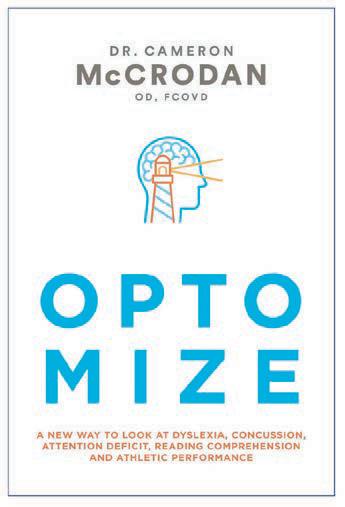
Visit our website today to get your copy!

Dr. McCrodan supports patients of all ages and abilities, including those with reading and learning issues, head trauma, concussions, and sports vision needs. He is a published author and has presented for TEDx on his discoveries.
Dr. Irvine has dedicated his career to connecting with patients and helping to improve their quality of life. He specializes in helping patients overcome visual problems related to concussion, dizziness, reading and learning.




